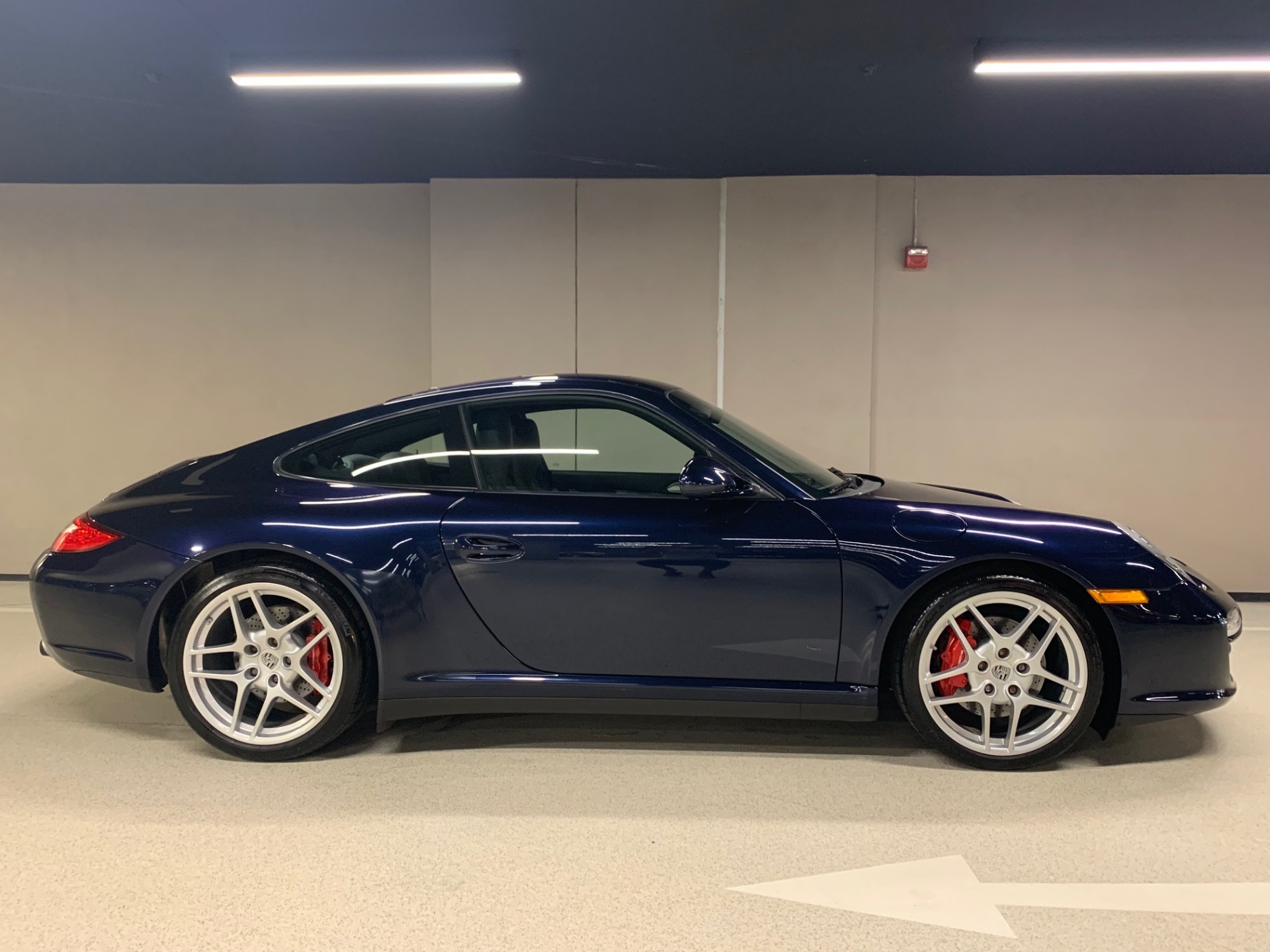

- #2009 porsche 911 s sport chrono plus horsepower manual#
- #2009 porsche 911 s sport chrono plus horsepower upgrade#
Previously, both capacities shared the same 82.8mm stroke, but the 3.8 ran a 99.0mm bore - 3.0mm larger than the 3.6’s. On paper, the most obvious change is to the engine’s bore and stroke configuration.

But what better opportunity to take all the inherent advantages of Porsche’s superb horizontally opposed flat sixes - compactness, low centre of gravity and a good balance of masses - and make them, well, even better. What prompted all the effort in meeting some very specific design parameters was Europe’s strict Euro 5 emissions standard that hits in September 2009. Even the screws have changed (due to new legislation, apparently). Not one single component has been carried over from the existing 3.6- and 3.8-litre flat sixes that have powered the Carrera and Carrera S 911s since 2004.Ĭylinder head, pistons, conrod, crankshaft, induction system, exhaust system, oil system, engine case, you name it, they’re different. Rarely, if ever, has embracing mother nature delivered such a rush.īoth direct-injection 911 engines are all-new.

Yes, it’s faster, edgier, sexier, better-equipped and more expensive, but it’s also cleaner, greener, more efficient and, best of all, more fun. Just don’t underestimate the significance of the changes lurking beneath the 2008 911’s bi-xenon headlights, restyled bumpers, Audi-inspired LED running lights and new wheels and colours.
#2009 porsche 911 s sport chrono plus horsepower upgrade#
Like the news that Porsche was going to upgrade the already brilliant 997-series 911 with a double-clutch transmission, direct fuel injection and some techno taillights.Įxpectation? You could say that. Too much of it can only lead to utter disappointment when things don’t go according to plan - just ask anyone who allocated their share of last month’s $58 million Powerball booty to the eternal pursuit of hedonism and vehicle acquisition, only to discover that the winning ticket wasn’t even sold in their state.īut when the guarantee of something great does exist, few things can compare to the rare, but exciting sensation that comes with it. Used extensively and in just the right places, lightweight aluminum improves fuel economy and dynamic performance and helps to achieve an excellent weight to power ratio of 4.7 kg/kW (3.5 kg/hp) for the 911 Carrera S, for example.This review was first published in MOTOR magazine's August 2008 issue. The 911 has a lightweight composite construction in aluminum and steel. Dynamic engine mounts, available as an option for all models, provide perceptibly more precise handling – and not just when cornering. Available as an option for the S models, Porsche Dynamic Chassis Control (PDCC) improves dynamic performance further still. Fitted as standard in the 911 Carrera S and 911 Carrera S Cabriolet, Porsche Torque Vectoring (PTV) increases dynamic performance. The chassis is also packed with forwardlooking technology. As a result, you are safer not just in the wet and snow, but also when adopting a sporty driving style. Handling is even more poised, particularly when the car is being driven to its limits. On the 911 Carrera all-wheel-drive models, the enhanced Porsche Traction Management (PTM) distributes the power to the wheels according to weather and road conditions.
#2009 porsche 911 s sport chrono plus horsepower manual#
Power is transmitted to the wheels by the 7-speed manual gearbox with the highest gear designed specifically with fuel economy in mind or, optionally, by efficiencyenhanced Porsche Doppelkupplung (PDK), which offers gear changes with no interruption in the flow of power. All variants are equipped with direct fuel injection (DFI) and VarioCam Plus for increased power and comparatively low fuel consumption. The 3.4-litre engine in the 911 Carrera models produces 350 hp in the 911 Carrera S models, the 3.8-litre engine develops 400 hp. The engines, as you would expect, are characterised by six horizontally opposed cylinders.


 0 kommentar(er)
0 kommentar(er)
